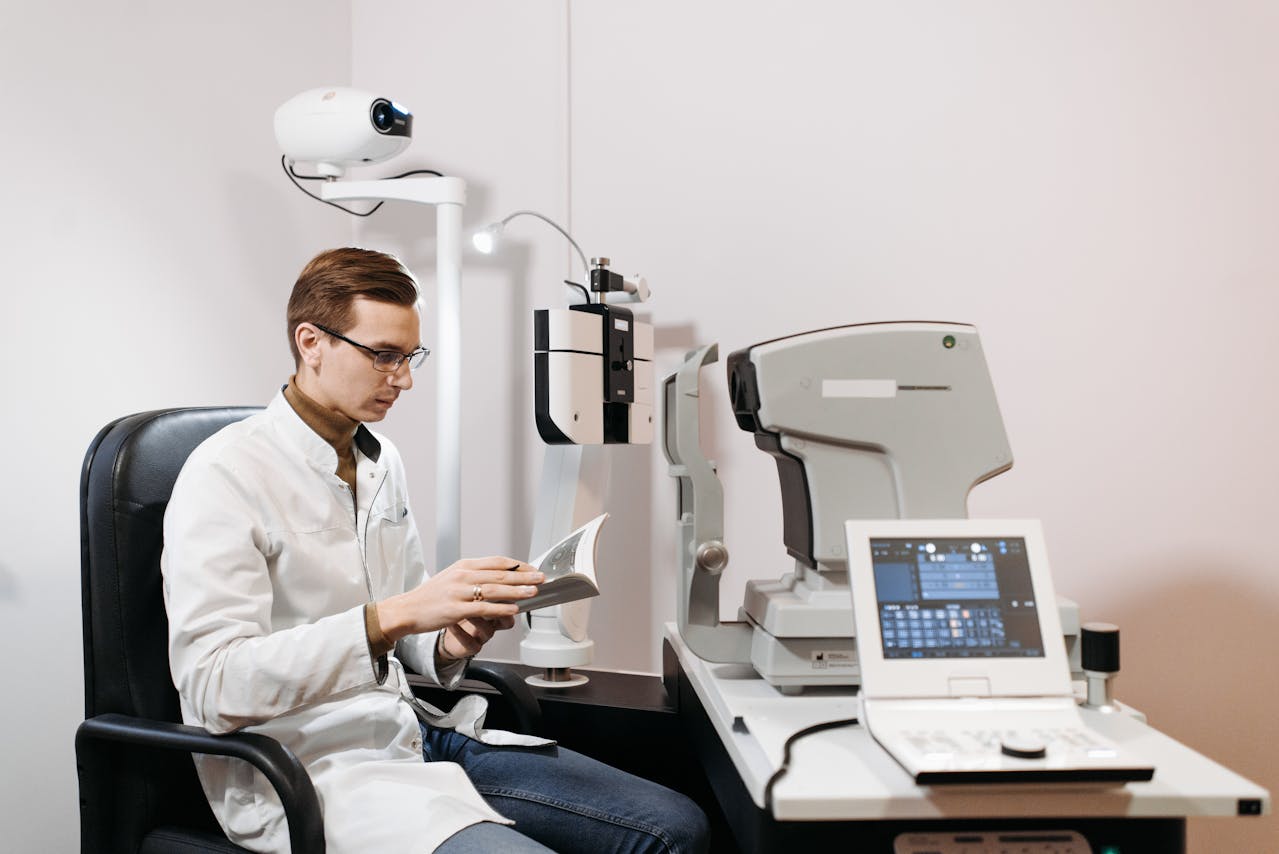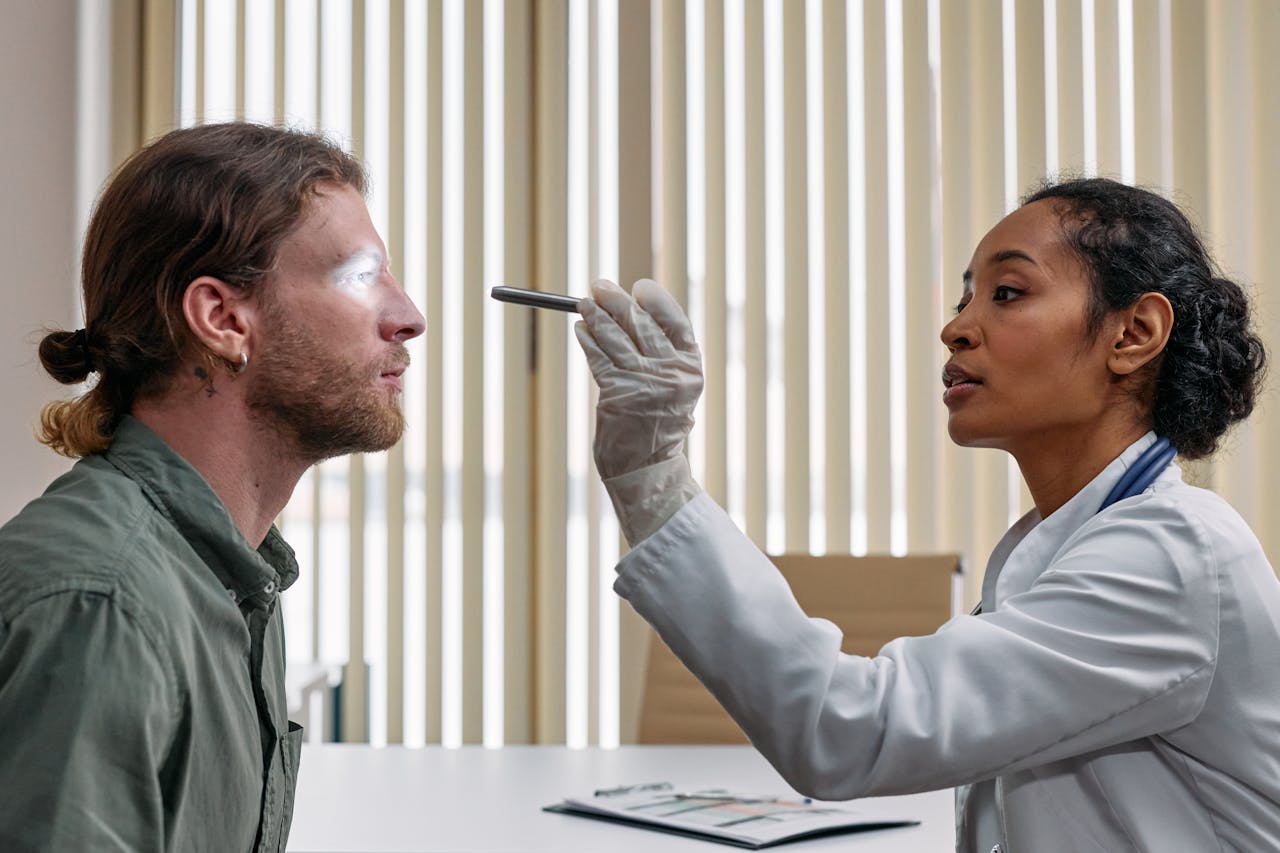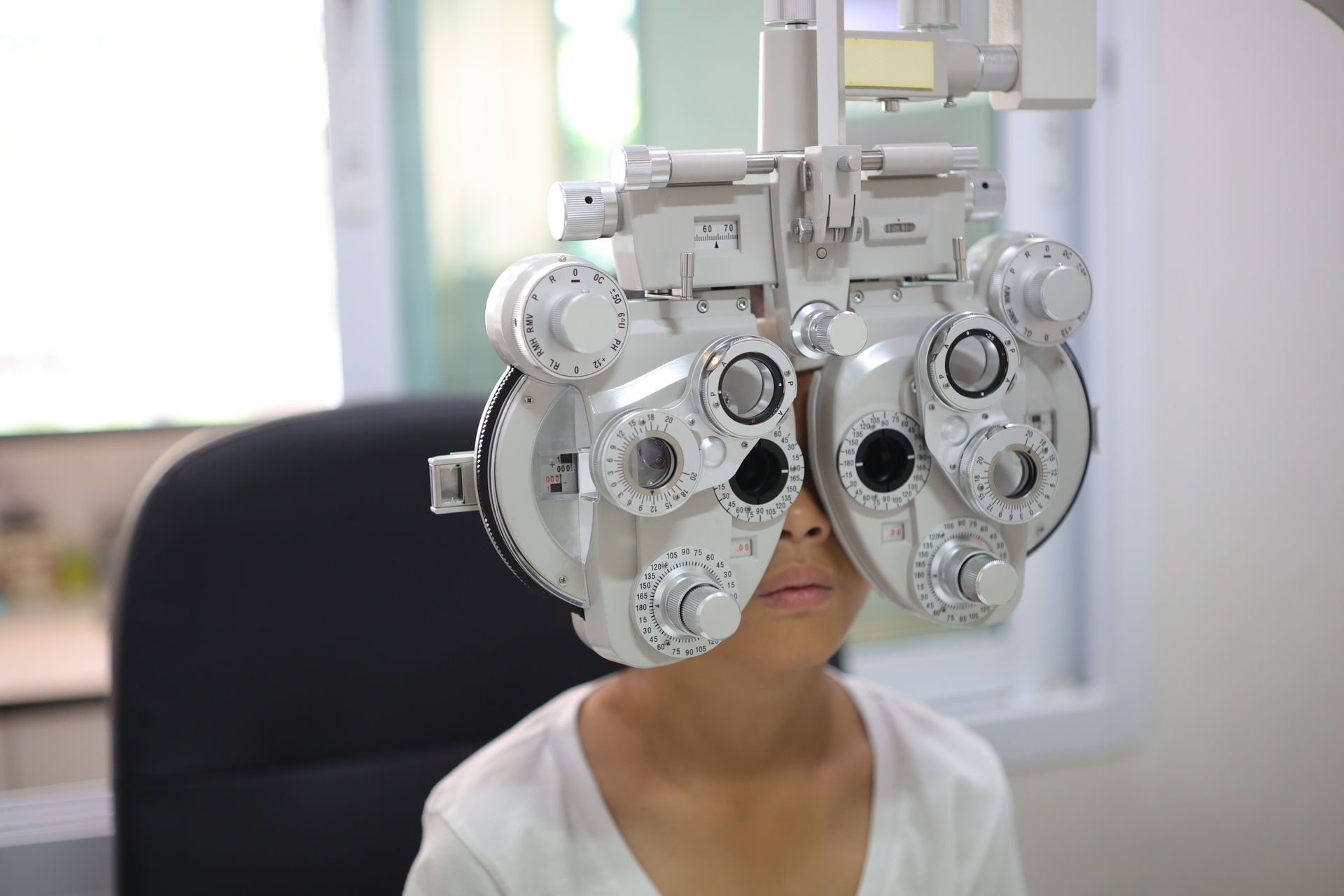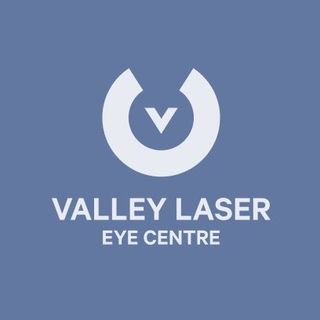The prevalence of myopia or nearsightedness has been on the rise globally. In Canada alone, it is estimated that about 30% of the population is affected by myopia, a significant increase compared to past generations.
In this article, we will explore the possible reasons why more people are becoming nearsighted than ever before. Please note that this blog post does not replace medical advice and should not be implemented prior to consulting a fully certified medical professional.
What Is Myopia
Myopia is an eye condition characterized by the inability to see distant objects clearly. This happens when the eyeball is elongated, or the cornea has excessive curvature, leading to light rays concentrating before the retina instead of directly on it. As a result, objects in the distance appear blurry, while those closer to the eye appear clear.
Extreme myopia can result in complications such as retinal detachment, cataracts, and glaucoma, which can lead to vision loss or even blindness if left untreated. Therefore, it is important to have regular eye exams and seek treatment from an ophthalmologist if you experience vision problems.
Possible Causes of the Increase in Myopia
1. Genetics
Studies have indicated that our genes have a considerable impact on developing myopia. If one or both parents have myopia, their children are more likely to develop the condition. However, genetics alone cannot account for the rapid increase in the prevalence of myopia in recent years.
2. Environmental Factors
Several environmental factors have been linked to the rise in myopia. One of them is the increase in near-work activities, such as reading, using computers, and playing video games. Ophthalmologists believe that spending too much time on these activities can cause eye strain, which may contribute to the development of myopia.
Additionally, studies have shown that exposure to natural light may play a protective role against myopia. Lack of exposure to sunlight may disrupt the normal growth of the eyeball and lead to myopia. In urban areas, where buildings block natural light, people are more likely to develop myopia than those living in rural areas.
3. Lack of Physical Activity
Another possible factor contributing to the increase in myopia is the lack of physical activity. Studies have shown that spending more time outdoors and engaging in physical activities may reduce the risk of myopia. Children who spend more time playing outside are less likely to develop myopia than those who spend most of their time indoors.
What Can Be Done to Prevent Myopia
Although myopia is a common eye condition, there are steps that can be taken to prevent or slow down its progression. These include:
1. Regular Eye Exams
Regular eye exams are essential for the early detection and treatment of myopia. Ophthalmologists recommend that children have their first eye exam at six months of age, followed by routine exams at age three and before starting school. After that, children should have an eye exam every year.
2. Limiting Screen Time
Limiting the amount of time spent on near-work activities, such as reading, using computers, and playing video games, can help prevent myopia. Ophthalmologists recommend that children take frequent breaks when engaging in near-work activities and follow the 20-20-20 rule: after every 20 minutes, take a break from staring at the screen and concentrate on something 20 feet away for a duration of 20 seconds.
3. Spending Time Outdoors
Being outside more often and participating in physical activities could potentially aid in avoiding nearsightedness. Ophthalmologists recommend that children spend at least two hours a day playing outside.
Conclusion
The rise in myopia is a complex issue that involves both genetic and environmental factors. While genetics cannot be changed, environmental factors can be modified to reduce the risk of myopia. Parents and caregivers should encourage children to spend more time outdoors, limit their screen time, and have regular eye exams.
Ophthalmologists play a crucial role in the prevention and treatment of myopia, and it is essential to consult an ophthalmologist if you or your child is experiencing vision problems. With proper care and attention, the rise in myopia can be slowed down, and more people can enjoy clear vision for years to come.
If you’re experiencing extreme myopia or other vision problems, don’t hesitate to contact Valley Laser Eye Centre in Abbotsford, BC. Our state-of-the-art technology, comfortable setting, and exceptional staff are dedicated to providing you with a seamless vision correction experience. Let us help you improve your vision and enhance your quality of life.





